Textiles Circular economy – Big step forward dissolution and recycling polyethylene terephthalate (PET) – Post-consumer recycled (PCR) really Reduce Carbon Footprint? 07-07-2023 - Arhive
Textiles Circular economy
Crude Oil Prices Trend

Crude Oil Prices Trend by Polyestertime
-The manufacturing sector in the Eurozone experienced a significant downturn in June 2023, with the purchasing managers’ index (PMI) dropping to 43.4
This indicates the worst contraction since May 2020. Except for Greece, many countries reported their most severe declines in business conditions in three years. Manufacturing output levels fell for the third consecutive month, and new orders declined considerably.
The decline in the Eurozone’s manufacturing sector deepened in June 2023, as the PMI fell to 43.4, down from 44.8 in May. This marked the twelfth successive month of contraction, with the sector remaining in sub-50.0 territory. It signified the sharpest deterioration in the health of the goods-producing sector since May 2020. Textiles Circular economy
Austria, Germany, Italy, Ireland, and the Netherlands experienced their sharpest declines in business conditions in over three years. In contrast, Greece continued to improve its manufacturing sector performance, bucking the overall trend of deterioration.
The survey data for June indicated a third consecutive monthly reduction in manufacturing output levels across the Eurozone. The decrease was significant, accelerating since May and reaching the strongest decline since October of the previous year. Contractions were observed in consumer, investment, and intermediate goods output, with the latter experiencing the quickest decrease. Textiles Circular economy
The decline in production volumes was primarily driven by weak demand conditions. Total new orders fell rapidly, reaching the strongest pace of decline in eight months. Demand from foreign clients also contracted, marking the sixteenth successive monthly decline in new export business.
Notably, the reduction in new orders exceeded the decline in output, as firms continued to address backlogs of work. The volume of orders pending completion decreased steeply, reaching the quickest rate of depletion in over three years. In response to falling workloads, factory staffing levels were reduced across the Eurozone for the first time since January 2021. Textiles Circular economy
The sharper declines in key business indicators such as new orders and output had a noticeable impact on firms’ confidence in the future. Expectations, while still positive overall, were at their most subdued in seven months.
As a result, Eurozone factories increased their destocking activities at the end of the second quarter. Input purchasing declined at a substantial pace, ranking among the fastest in 26 years of data collection. The volume of pre-production items stocked in warehouses declined for the fifth consecutive month, while inventories of finished goods experienced the quickest drop since April 2022.
Supply conditions remained favorable for buyers, as delivery times continued to improve during June. Textiles Circular economy
The data also revealed a steep reduction in average input prices paid by Eurozone manufacturers. In fact, factory costs decreased at the fastest rate since July 2009. Intermediate goods producers experienced a particularly sharp drop in operating expenses. With cost burdens easing and competitive pressures rising due to falling demand, prices charged for goods across the Eurozone declined for the second consecutive month, reaching the strongest decrease in three years. Textiles Circular economy
Dr. Cyrus de la Rubia, chief economist at Hamburg Commercial Bank, commented on the PMI data, noting the negative reaction of the capital-intensive industrial sector to the European Central Bank’s interest rate hikes. He highlighted the reduction in headcounts for the first time since January 2021, the decline in purchasing activity, and the consecutive cuts to sales prices. Textiles Circular economy
He also mentioned that while delivery times were improving, material shortages remained a lingering issue for many companies in the Eurozone.

-Circular economy for textiles
The Commission is proposing rules to make producers responsible for the full lifecycle of textile products and to support the sustainable management of textile waste across the EU. Textiles Circular economy
This initiative will accelerate the development of the separate collection, sorting, reuse and recycling sector for textiles in the EU, in line with the EU Strategy for Sustainable and Circular Textiles. Increasing the availability of used textiles is expected to create local jobs and save money for consumers in the EU and beyond, while alleviating the impacts of textile production on natural resources. Textiles Circular economy
The Commission is proposing to introduce mandatory and harmonised Extended Producer Responsibility (EPR) schemes for textiles in all EU Member States. EPR schemes have been successful in improving the management of waste from several products, such as packaging, batteries and electric and electronic equipment. Producers will cover the costs of management of textile waste, which will also give them incentives to reduce waste and increase the circularity of textile products – designing better products from the start. How much producers will pay to the EPR scheme will be adjusted based on the environmental performance of textiles, a principle known as ‘eco-modulation’. Textiles Circular economy
Common EU extended producer responsibility rules will also make it easier for Member States to implement the requirement to collect textiles separately from 2025, in line with current legislation. The producers’ contributions will finance investments into separate collection, sorting, re-use and recycling capacities. The proposed rules on waste management aim to ensure that used textiles are sorted for reuse, and what cannot be reused is directed to recycling as a priority. Social enterprises active in the collection and treatment of textiles will benefit from increased business opportunities and a bigger market for second-hand textiles. Textiles Circular economy
Today’s proposal will also promote research and development into innovative technologies for the circularity of the textiles sector, such as fibre-to-fibre recycling.
The proposal also addresses the issue of illegal exports of textile waste to countries ill-equipped to manage it. The new law would clarify what constitutes waste and what is considered reusable textiles, to stop the practice of exports of waste disguised as being done for reuse. This will complement measures under the proposal for a new Regulation on waste shipments that will ensure that shipments of textile waste only take place when there are guarantees that the waste is managed in an environmentally sound manner.
Today’s proposal for a targeted revision of the Waste Framework Directive also includes measures concerning food waste, detailed in a separate Q&A.
The Commission proposal on a targeted amendment of the Waste Framework Directive will now be considered by the European Parliament and the Council in the ordinary legislative procedure. Textiles Circular economy
Source: European Commission
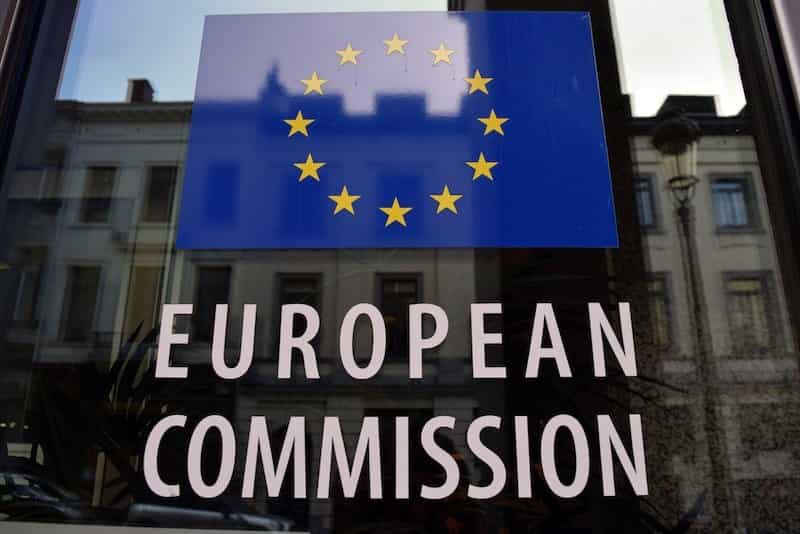
-CU Boulder chemists have made significant advancements in the dissolution and recycling of plastic, particularly a commonly used type known as polyethylene terephthalate (PET)
Plastic waste has become a global concern, and this study offers a promising solution. By employing electricity and chemical reactions, the researchers were able to disintegrate the PET material.
The team at CU Boulder focused on PET, which is found in various everyday products like soda bottles, blister packs, and polyester fabrics. In their experiments, they combined plastic fragments with a specialized molecule and applied a low electrical voltage. Within minutes, the PET began to break down. Luca, an assistant professor in the Department of Chemistry, expressed that this research introduces a fresh perspective on waste management possibilities. While recycling bins appear to be a viable solution, less than one-third of PET plastic in the U.S. is actually recycled, with other types of plastic facing even greater challenges. Textiles Circular economy
The team’s next goal is to explore methods for using the fundamental components derived from old plastic bottles to create new ones. To achieve this, they turned to electrolysis, a process that employs electricity to separate molecules. Although chemists have long used this method to split water molecules into hydrogen gas, PET plastic presents a more difficult challenge than water. The researchers ground up plastic bottles, mixed the resulting powder into a solution, and introduced an additional component called [N-DMBI]+ salt.
When electricity was applied, this molecule acted as a reactive mediator, donating its extra electron to the PET and causing the plastic grains to disassemble—a chemistry equivalent to a karate chop on a wooden board. Textiles Circular economy
While the exact mechanisms of these reactions are still being studied, the researchers successfully broke down PET into its basic building blocks, which could potentially be recycled to create new products. Over the course of several hours, they managed to dissolve approximately 40 milligrams of PET. However, the team acknowledges that further work is needed to optimize and scale up the process for industrial applications.
For a visual demonstration of how the students dissolved the plastic, you can watch the video at the following link here. Textiles Circular economy
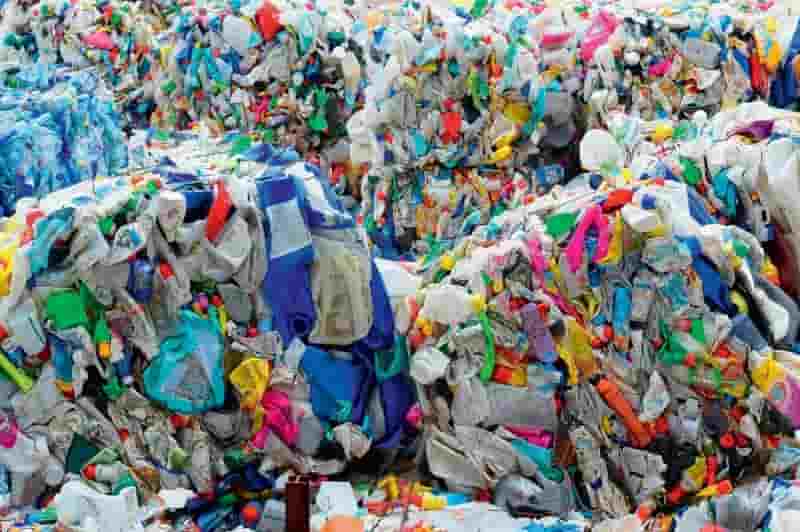
-BNEF Report: Achieving Net-Zero Vehicle Emissions by 2050 Attainable
According to a recent report by BloombergNEF (BNEF), the goal of achieving net-zero vehicle emissions by 2050 is within reach. The report predicts a significant surge in electric vehicle (EV) sales over the next few years, with numbers expected to rise from 10.5 million in 2022 to nearly 27 million in 2026. It forecasts that the share of EVs in global new passenger vehicle sales will increase from 14% in 2022 to 30% in 2026.
Certain markets are already seeing higher adoption rates, with China leading at 52% of sales being EVs, followed by Europe at 42%. Textiles Circular economy
Some European countries, such as Nordic nations, have even higher adoption rates, reaching 89%, while Germany stands at 59%. In the United States, aggressive measures outlined in the Inflation Reduction Act will result in EVs accounting for almost 28% of passenger vehicle sales by 2026, a significant increase from 7.6% in 2022. However, Japan lags behind other wealthy nations in terms of EV adoption.
Sales of internal combustion engine (ICE) vehicles have peaked in 2017 and are now on a steady decline. By 2026, it is projected that sales of combustion vehicles will be 39% lower than their peak in 2017. Textiles Circular economy
Despite the positive trajectory, the report highlights several challenges that need to be addressed. One of the hurdles is the availability of charging infrastructure, which is growing globally but still poses a potential barrier to electrifying the remaining 10 to 20% of the market in many countries. BNEF’s Economic Transition Scenario predicts that EVs will account for 44% of global passenger vehicle sales by 2030 and 75% by 2040. However, after a rapid increase from 2022 to 2035, EV sales growth is expected to slow down slightly in the late 2030s as the main EV markets approach saturation.
The adoption of EVs follows a traditional “S-curve” trajectory, but the timing varies between countries and regions. This variation results in the global average appearing more linear than individual countries’ adoption rates. Despite the rapid growth in EV adoption, it is projected that less than 50% of the global passenger vehicle fleet will be electric by 2040. Textiles Circular economy
The report also highlights the increasing electrification of all road transport sectors. Light commercial EV sales are expected to rise rapidly, driven by favorable economics, increased model availability, fleet commitments, and city policies. By 2040, light commercial EVs are projected to represent almost 70% of global sales, led by China.
The economics of electric heavy trucks are also expected to improve throughout the 2020s, becoming cost-competitive with diesel equivalents even for long-haul applications. However, fuel costs and the competitiveness of natural gas and fuel cell trucks remain uncertain factors. Textiles Circular economy
With a forecasted 46% rise in road freight demand from 2020 to 2040, the need for competitive zero-emission options in the heavy truck segment is evident.
The electrification of municipal buses is progressing rapidly, with Europe and the United States catching up to China. By 2026, EVs are predicted to represent 36% and 24% of municipal bus sales in Europe and the United States, respectively. Additionally, two- and three-wheeled vehicle sales in emerging economies are expected to continue rising, with almost all vehicles being electric globally by 2040. Textiles Circular economy
The gap between BNEF’s Economic Transition Scenario and the Net-Zero Scenario is smaller than in previous projections, indicating promising progress. Strong policy support in the United States,including the Inflation Reduction Act, along with early EV advancements in economies like India, Thailand, and Indonesia, are contributing to this positive trend. Furthermore, increased global investment in charging infrastructure and the battery supply chain, as well as technological innovations like sodium-ion batteries, are aiding the transition to net-zero vehicle emissions.
Despite the progress, the report emphasizes the need for a stronger push to achieve the net-zero target. In particular, heavy trucks are lagging behind in the transition and require focused attention from policymakers. Streamlining grid investments, grid connections, and permitting processes is also crucial to support the establishment of a large number of charging points necessary for the transition. Textiles Circular economy
As EV production and battery outputs increase, the demand for lithium batteries is set to grow rapidly. BNEF’s Economic Transition Scenario predicts an annual lithium-battery demand of nearly 5.7 terawatt hours (TWh) by 2035. Meeting this demand will require substantial but achievable increases in materials, components, and cell production. The report reveals plans for over 7.4 TWh of nameplate cell manufacturing capacity by 2025. However, the actual excess supply may be lower due to variations in utilization rates, commissioning delays, and abandonments.
While the average range of EVs is steadily increasing, meeting consumer expectations remains a challenge in most markets. Automakers are launching longer-range models to alleviate range anxiety. Continued advancements in battery and powertrain technologies, as well as improved charger density and charging speed, hold the potential to meet and exceed consumer range requirements in the long term. Textiles Circular economy
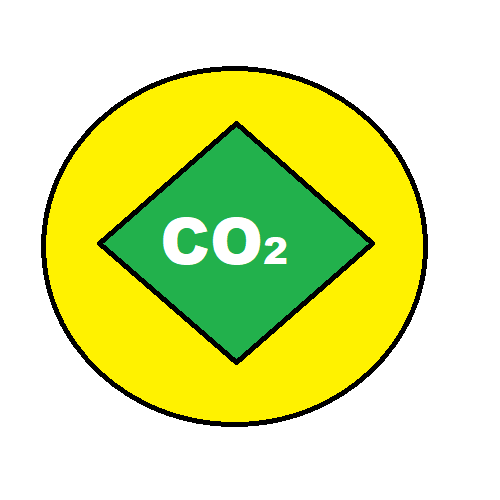
-Global outlook: Slowdown followed by recovery as India leads the way
The global economy is in a precarious state these days, with the resilience exhibited earlier this year expected to fade.
While India and the United States remain areas of growth, the European Union appears to have slipped into recession. And China is not experiencing the strong post-pandemic recovery many expected. Textiles Circular economy
The World Bank forecasts that global economic growth will slow to 2.1% this year before a tepid recovery to 2.4% next year.
Worse still, cheap-money borrowing by third-world economies has the potential to become untenable, with the diminished demand for emerging market resources and higher interest rate payments setting the stage for a replay of the debt crises of previous eras.
As of March, the Organisation for Economic Co-operation and Development’s (OECD) outlook was slightly more optimistic than six months before, supported by improved business and consumer confidence, declining food and energy prices, and the reopening of the Chinese economy. Textiles Circular economy
The OECD forecasts annual gross domestic product (GDP) growth in the United States at 1.5% this year and 0.9% next year, assuming monetary policy continues to moderate demand pressures.
In the euro area, growth is projected to be 0.8% this year but pick up to 1.5% next year.
In the euro area, growth is projected to be 0.8% this year but pick up to 1.5% next year as the drag on incomes from high energy prices recedes. We expect growth in China to rebound to 5.3% this year and ease to 4.9% next year.
The OECD’s leading indicators for developed economies remain underwater for now, signaling the effects of more than a year of financial tightening by central banks in their campaign against inflation. Textiles Circular economy
The trajectory of those leading indicators suggests the possibility of eventually achieving price stability and restoring normal monetary conditions, consumption and investment.
A downturn among developed economies
Germany, France, Italy and the United Kingdom have dropped into recession or near-recession levels as inflation takes its toll on household consumption and the higher cost of capital eats into investment.
The war in Ukraine will have its greatest impact on Europe. But we are a global economy, and slowdowns in Europe (and the shutdowns in China) are bound to have lingering spillover effects. Textiles Circular economy
The economies of North America, Japan and South Korea are expected to slow into next year, according to the consensus of economists surveyed by Bloomberg. Personal consumption in New Zealand has already dropped, with economists projecting contraction in the next four quarters. Economists anticipate Australia will avoid a recession, with growth decelerating to low levels. Textiles Circular economy
As of April, the International Monetary Fund (IMF) expected growth among developed economies to fall from 2.7% last year to 1.3% or 1.4% this year and next.

-SABIC Introduces New Noryl Portfolio with PCR-Based Technology to Aid Customers in Reducing Carbon Footprint
MOSCOW (MRC) — SABIC, a prominent player in the chemical industry, has unveiled its latest NORYL™ resin technology, incorporating post-consumer recycled (PCR) content of 25 percent or higher. The aim is to offer sustainable material alternatives and support customers in their efforts to reduce their carbon footprint, the company announced.
This innovative technology has been successfully implemented in various grades, including the NORYL NH5120RC3 resin, which contains 30 percent PCR content. By utilizing this resin, customers can achieve a 10 percent reduction in global warming potential (GWP) compared to the existing fossil-based grade. Textiles Circular economy
The PCR-based technology can be integrated into over 200 existing NORYL resin grades, as well as an unlimited number of new grades tailored to specific customer requirements. These options include a glass fiber-reinforced grade and an unreinforced, non-FR grade.
Moreover, SABIC provides resin customization services to meet precise application needs and offers a comprehensive range of technical support services. This solution facilitates the adoption of circular practices while maintaining the robust physical properties essential for demanding applications. Textiles Circular economy
Notably, this is one of the first polyphenylene ether (PPE)-based material technologies to incorporate such a significant level of recycled content.
It is worth mentioning that SABIC recently introduced three new LNP™ CRX copolymer resins, providing customers in the mobility and industrial sectors with durable material choices that can withstand harsh chemicals and challenging environmental conditions.
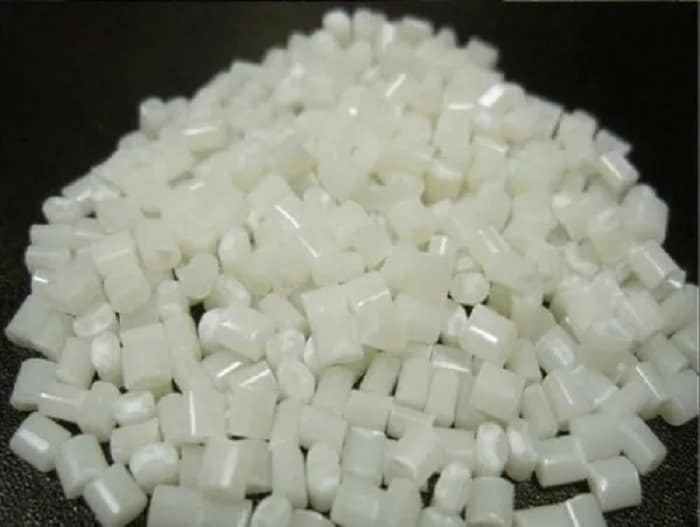
-Guidehouse Insights Explores Solutions for Recycling End-of-Life EV Batteries
Recycling batteries will become essential for meeting domestic demand, accommodating federally mandated sourcing requirements, and reducing reliance on other countries
A new report from Guidehouse Insights explores the development of solutions for recycling end-of-life EV batteries. Textiles Circular economy
While the automotive industry grappled with supply-chain disruptions in 2022, production and sales of battery EVs (BEVs) surged in all major markets globally. This surge coincided with substantial increases in prices for minerals critical to producing batteries, which led to price increases for both BEVs and plug-in hybrid EVs (PHEVs), collectively referred to as plug-in EVs (PEVs).Textiles Circular economy
According to Guidehouse Insights, plug-in EV (PEV) sales, which reached 10.4 million in 2022 worldwide, are projected to accelerate to 57 million vehicles by 2030, a global market share of 47% of all vehicles. An increasing number of PEV batteries will eventually reach the end of their useful life and require an alternative solution to being discarded into landfills, which violates environmental goals, policies, and regulations.
The latest report by Guidehouse Insights focuses on recycling as a viable solution for end-of-life PEV batteries. Textiles Circular economy
“Recycling is environmentally sustainable, and it meets broad government and industry strategic goals of mitigating international supply chain and geo-political risks by decreasing reliance on material extraction and refinement dominated by a handful of countries,” says Adam Winston, research analyst with Guidehouse Insights. “For companies with established sustainability goals, sourcing battery materials globally generates additional emissions by transporting raw and refined materials, so localizing production will be key to meeting sustainability goals.”
Guidehouse Insights expects North American (e.g. U.S. & Canada) light duty (e.g. cars, SUVs, and light trucks) PEV sales to reach 6.6 million units by 2030 (32.6% of all vehicles) — PEV battery recycling is viewed as a strategic solution to keep these materials in a closed-loop supply chain in which 95% to 98% of key battery materials are recoverable and can be directed into new battery production. Textiles Circular economy
Recycling batteries will become essential for meeting demand, accommodating federally mandated sourcing requirements, and reducing reliance on countries that dominate the raw materials and refinement market. To meet demand, federal mandates, and counter concentrated market dominance, the PEV battery must become part of a circular economy with localized recycling playing a key role, according to the report. Textiles Circular economy
The report, Developing Solutions for Recycling End-of-Life EV Batteries, presents analyses for future PEV sales, PEV battery production, and the potential volume of PEV batteries available for recycling. It includes an overview of potential business models for establishing a PEV battery recycling market and identifies key incentives and regulations that could ensure the safe removal, discharge, handling, and transportation of end-of-life PEV batteries to recycling facilities. Textiles Circular economy
An executive summary of the report is available for free download on the Guidehouse Insights website.
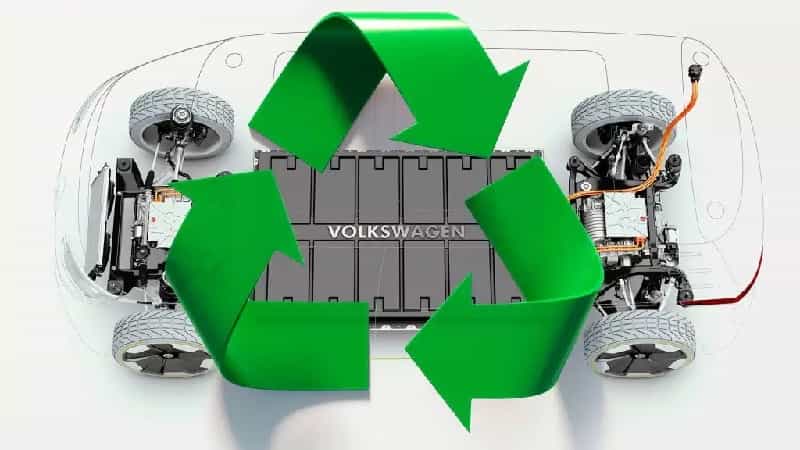
Credit : Volkswagen
Carbon fiber Future of Green Hydrogen Yontex Drinktec and BrauBeviale merger
